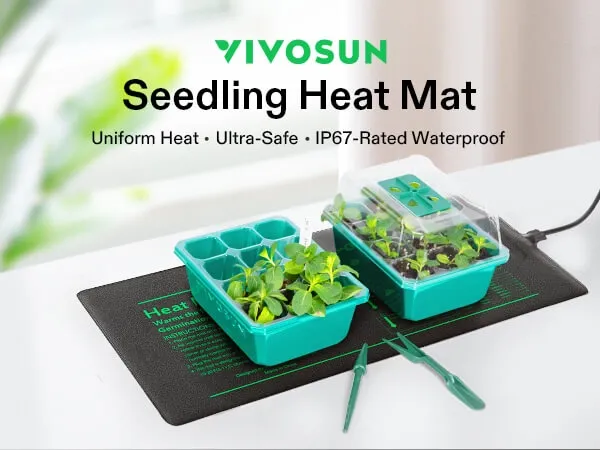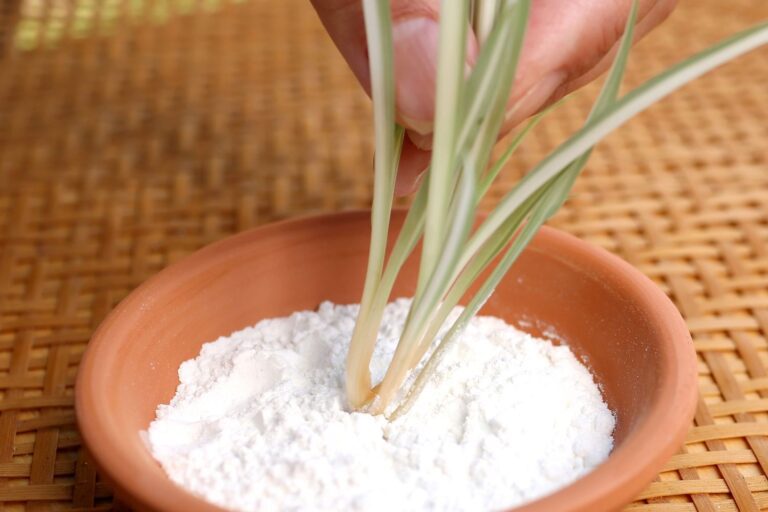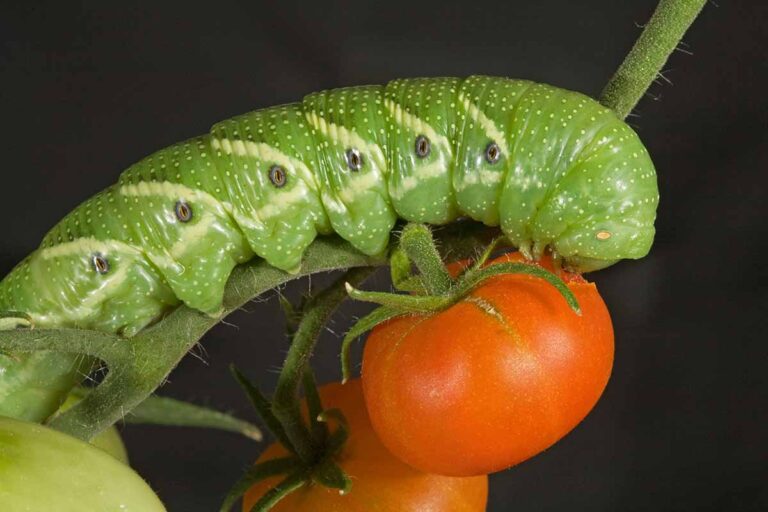Rice Hulls: Are They Bad or Best for the Environment and Your Plants?
Table of Contents
Rice husks in Hydroponics: Assessing their suitability as a growing medium in soilless systems.
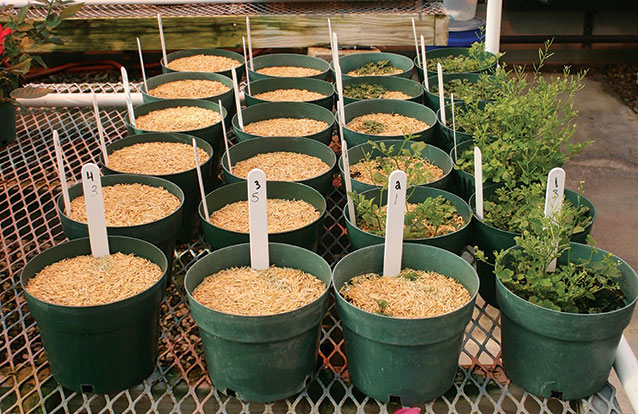
The use of rice husks in hydroponic systems is an area of growing interest within the field of soilless agriculture. Hydroponics offers several advantages over traditional soil-based growing, including better water and nutrient management, faster growth rates, and greater control over environmental conditions. However, choosing the right growing medium is crucial for the success of any hydroponic system.
Rice hulls have emerged as a potential candidate for hydroponic growing media due to their favorable properties. These hulls are a byproduct of rice processing and are readily available in large quantities. They are lightweight, and porous, and provide excellent aeration to the root zone, allowing for optimal oxygen uptake by the plants. Additionally, rice husks have a neutral pH, which is desirable for maintaining a balanced nutrient solution. Their high silica content also contributes to the structural integrity of the plants, enhancing their resistance to pests and diseases.
The suitability of rice hulls as a growing medium, however, is not without challenges. One major concern is their relatively low water-holding capacity. This means that frequent irrigation may be required to ensure the plants receive adequate moisture, especially in warmer environments or in systems with high air circulation. Another consideration is the potential for compaction over time, which could impede root development and water movement within the growing medium.
To fully assess the suitability of rice hulls as a growing medium in hydroponic systems, further research is necessary. This should include studies investigating factors such as ideal ratios of rice husks to other growing media components, optimal irrigation frequencies, and the performance of different plant species in this medium. By addressing these knowledge gaps, we can better understand the potential benefits and limitations of rice hulls in hydroponics and unlock their full potential as an alternative growing medium in soilless systems.
• Rice hulls have favorable properties for hydroponic growing, including being lightweight, porous, and providing excellent aeration to the root zone.
• They have a neutral pH and high silica content, which contributes to plant resistance against pests and diseases.
• However, rice hulls have a relatively low water-holding capacity, requiring frequent irrigation in certain environments.
• Compaction over time is another challenge that could impede root development and water movement within the growing medium.
• Further research is needed to assess ideal ratios of rice husks to other components, optimal irrigation frequencies, and performance with different plant species.
Rice husks and Water Conservation: Examining their role in reducing irrigation requirements.
Rice hulls, a byproduct of rice processing, have gained attention in the field of hydroponics due to their potential in water conservation. As water scarcity becomes a growing concern, it is essential to explore alternative growing mediums that can help reduce irrigation requirements while maintaining optimal plant growth. Rice husks, being lightweight and highly porous, offer several advantages in this regard.
First and foremost, rice husks possess excellent water retention properties. Their high porosity allows them to absorb and hold moisture, providing a steady supply of water to the plants. This characteristic reduces water runoff and evaporation, making them an efficient medium for water conservation. Additionally, the slow-release capabilities of rice husks ensure a continuous supply of moisture to the plants, reducing the frequency of irrigation required.
Moreover, rice husks promote adequate aeration within the root zone. The porous nature of the hulls allows for sufficient oxygen exchange, preventing the roots from becoming waterlogged and susceptible to diseases. As a result, plant health can be improved, leading to enhanced growth and productivity.
In conclusion, the use of rice husks in hydroponics shows promising potential for reducing irrigation requirements and conserving water. Their ability to retain moisture and provide a well-aerated root environment makes them a viable option for gardening enthusiasts who are keen on sustainable practices. As further research and experimentation are conducted, we can anticipate more comprehensive insights into the role of rice hulls in water conservation within soilless systems.
• Rice hulls possess excellent water retention properties due to their high porosity
• They absorb and hold moisture, reducing water runoff and evaporation
• The slow-release capabilities of rice hulls ensure a continuous supply of moisture to plants, reducing the frequency of irrigation required
• Rice hulls promote adequate aeration within the root zone, preventing waterlogging and diseases in roots
• Adequate oxygen exchange improves plant health, leading to enhanced growth and productivity
• The use of rice hulls in hydroponics shows promising potential for reducing irrigation requirements
• It offers an efficient medium for water conservation
• Rice hulls provide a well-aerated root environment
• Gardening enthusiasts interested in sustainable practices can benefit from using rice hulls
• Further research and experimentation will provide more comprehensive insights into the role of rice hulls in water conservation within soilless systems.
Rice husks
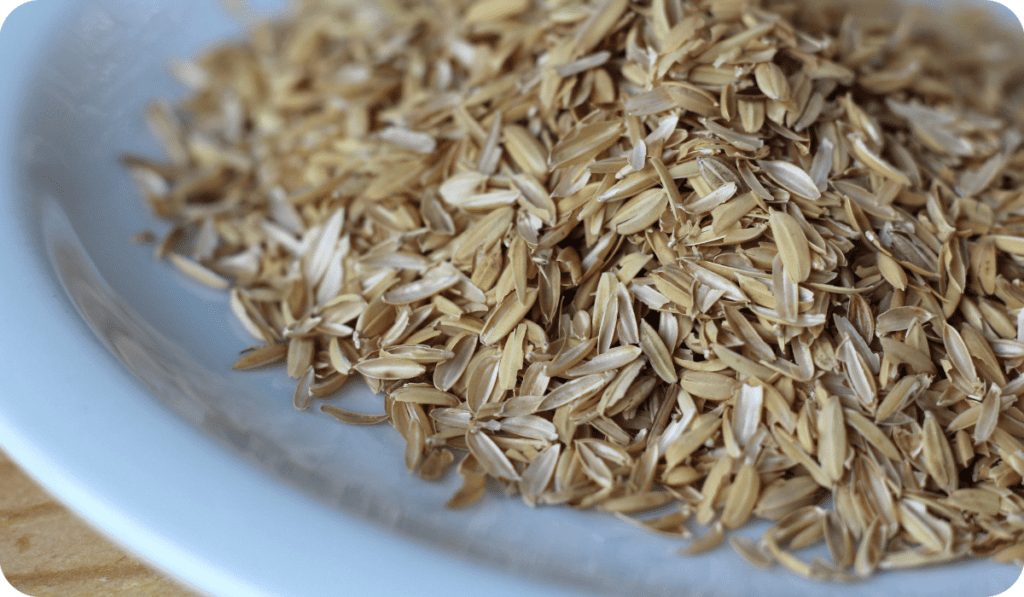
Rice has been a staple food for millions of people around the world for centuries. It is not only a versatile ingredient in various cuisines but also a crop of immense importance in the agricultural industry. With its high nutritional value and ability to adapt to different growing conditions, rice plays a vital role in feeding our growing population.
Beyond its significance as a food source, rice has also been an intriguing subject of research and innovation in the field of hydroponics. Hydroponic systems, which allow plants to grow without soil, have gained popularity for their efficient use of resources and ability to produce higher crop yields. One area of interest is the use of rice hulls as a growing medium in soilless systems.
Rice husks , the protective covering of the rice grain, have shown promising potential in hydroponics. With their porous structure, they provide excellent aeration and drainage, allowing for better root growth and reducing the risk of waterlogging. Additionally, rice husks are abundant, and often considered a waste product in the rice milling industry. By repurposing this byproduct as a growing medium, we can reduce waste and create a sustainable solution for hydroponic cultivation.
As we delve further into the research surrounding rice husks in hydroponics, we will uncover the benefits and challenges associated with their use. Understanding their suitability as a growing medium in soilless systems will not only enhance our knowledge of hydroponics but also contribute to the development of innovative and sustainable agricultural practices. Stay tuned for the next section, where we will explore the role of rice hulls in water conservation and their potential to reduce irrigation requirements in hydroponics.
• Rice has been a staple food for millions of people around the world for centuries.
• It is a versatile ingredient in various cuisines and plays a vital role in feeding our growing population.
• Rice has also been an intriguing subject of research and innovation in hydroponics.
• Hydroponic systems, which allow plants to grow without soil, have gained popularity for their efficient use of resources and higher crop yields.
• One area of interest is the use of rice husks as a growing medium in soilless systems.
• Rice husks have shown promising potential in hydroponics due to their porous structure, providing excellent aeration and drainage for better root growth.
• They are abundant waste products from the rice milling industry, making them a sustainable solution for hydroponic cultivation.
• Further research will uncover the benefits and challenges associated with using rice husks as a growing medium in soilless systems.
known as rice husks or rice husk ash, are the outer protective layer of rice grains.
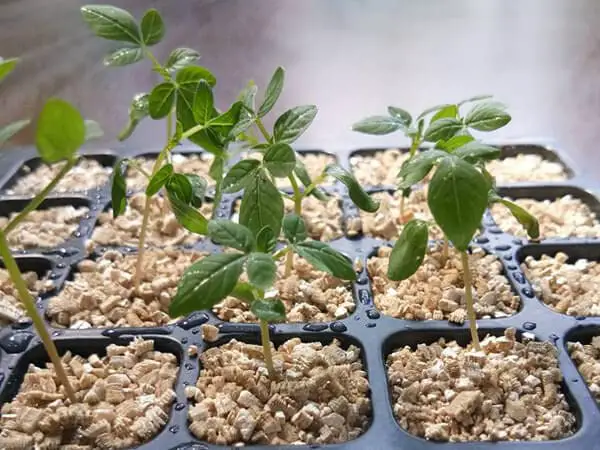
They are a byproduct of rice milling and can be used for various purposes, including as a component in growing media. Here’s a brief overview of the environmental and plant-related considerations:
Environmental Considerations:
| Aspect | Information |
|---|---|
| Renewable Resource | Rice hulls are an agricultural byproduct, making them a renewable resource. They are abundant and readily available as a result of rice production. |
| Biodegradability | Rice hulls are biodegradable, meaning they break down naturally over time, contributing to soil health. They decompose relatively quickly compared to some other materials. |
| Sustainability | Utilizing it can be considered sustainable, as it repurposes a waste product that might otherwise be discarded or burned. |
Plant-Related Considerations:
| Aspect | Information |
|---|---|
| Aeration and Drainage | Rice hulls are lightweight and have excellent aeration and drainage properties. They create air pockets in the growing medium, improving oxygen availability to plant roots and preventing waterlogging. |
| Nutrient Content | Rice hulls themselves are relatively inert and do not provide significant nutrients to plants. As a result, they are often used in conjunction with other media or nutrient solutions. |
| pH Neutrality | Rice hulls have a neutral pH, which can contribute to maintaining a stable pH in the growing medium. This is beneficial for plants that prefer a specific pH range. |
| Physical Structure | The fibrous structure of rice hulls can provide good support for plant roots, fostering healthy root development. |
Rice hulls can be a beneficial component in growing media, particularly for their aeration, drainage, and pH-neutral properties. From an environmental standpoint, using it is generally considered sustainable as they are a byproduct of the rice industry. However, like any material, their environmental impact can also depend on factors such as sourcing practices and transportation.
It’s essential to use it responsibly, considering their appropriate application and potential to contribute to sustainable and environmentally friendly gardening practices.
What are rice hulls?
Rice hulls are the outer protective covering of rice grains, also known as the husk.
Can it be used as a growing medium in hydroponics?
Yes, rice hulls can be used as a growing medium in soilless hydroponic systems. They provide support for the plants and allow for efficient nutrient uptake.
How does it help in water conservation?
Rice hulls can retain moisture and prevent excessive evaporation, thus reducing irrigation requirements and promoting water conservation.
Is it suitable for all types of plants in hydroponics?
Rice hulls are generally suitable for a wide range of plants in hydroponics, but their suitability may vary depending on the specific nutrient requirements and growth characteristics of each plant species.
Can it be reused or recycled in hydroponic systems?
Yes, rice hulls can be reused or recycled in hydroponic systems. After a crop cycle, the rice hulls can be sterilized and prepared for reuse, making them a sustainable option for growing media.
Does this provide any additional benefits to plants in hydroponics?
Yes, rice hulls contain silica, which can contribute to the structural integrity of plants, improve resistance to pests and diseases, and enhance overall plant health in hydroponic systems.
Are there any precautions to consider when using this in hydroponics?
It is important to properly clean and sterilize rice hulls before using them in hydroponic systems to prevent the introduction of pathogens or pests. Additionally, monitoring and adjusting nutrient levels may be necessary due to rice hulls’ potential to retain nutrients.
Can this be mixed with other growing media in hydroponics?
Yes, rice hulls can be blended with other growing media, such as perlite or coconut coir, to create an optimal growing mix for hydroponic plants. This combination can provide better moisture retention, aeration, and nutrient availability.
How long does it last as a growing medium in hydroponics?
Rice hulls have a relatively long lifespan and can be used for multiple crop cycles in hydroponic systems. However, their durability may vary depending on the specific conditions and maintenance practices in each system.
Where can I obtain this for use in hydroponics?
Rice hulls can be obtained from rice processing facilities, agricultural suppliers, or through online suppliers specifically catering to hydroponic gardening needs.


